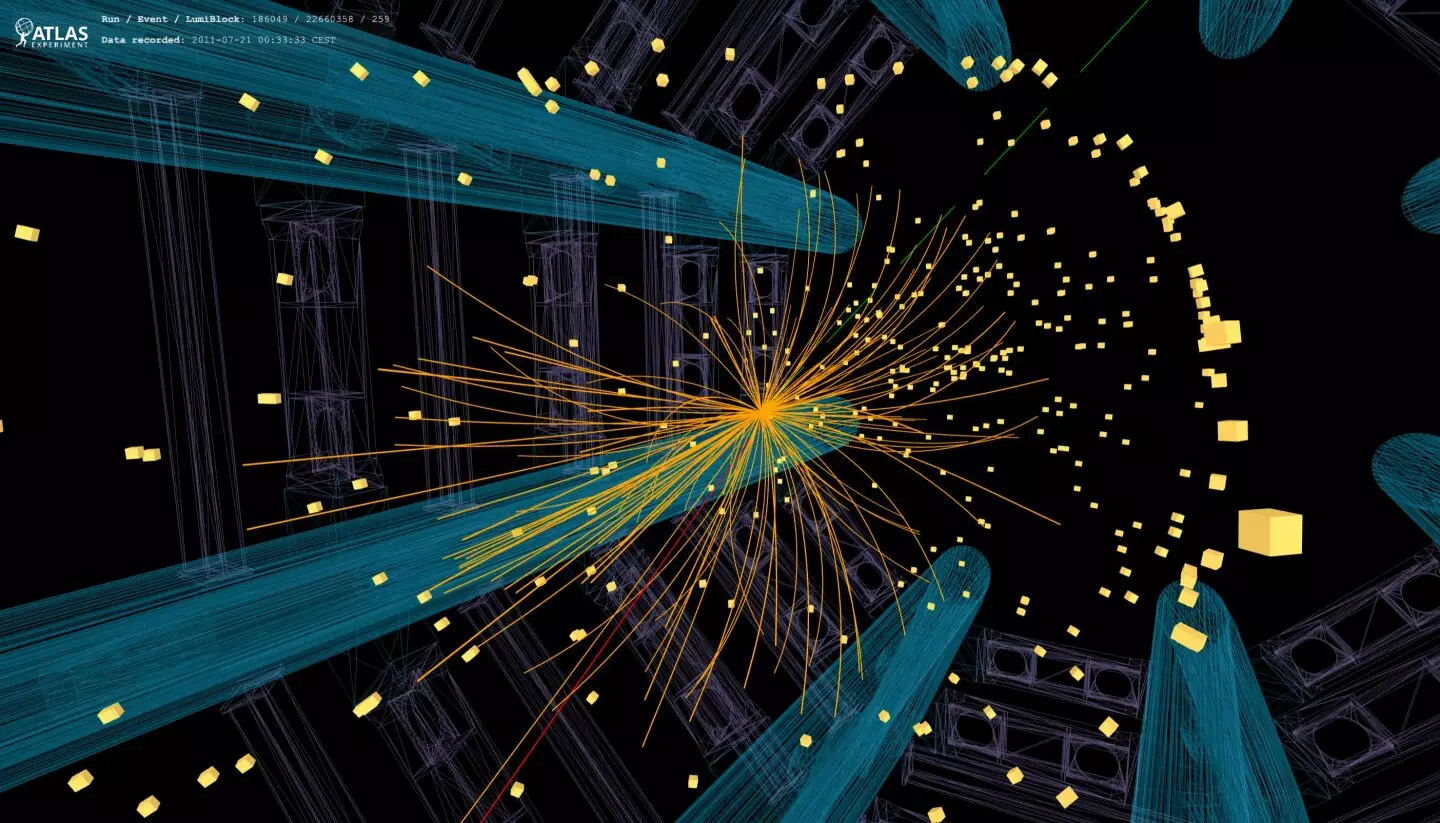The discovery of the Higgs boson in 2012 marked a significant milestone in particle physics, completing the puzzle known as the Standard Model of particle physics. However, despite this achievement, there are still unanswered questions that remain. Scientists are eager to explore what lies beyond the boundaries of this well-established framework in search of new phenomena that could potentially solve the universe’s lingering mysteries.
Investigating the W Boson Width
One parameter that has caught the attention of physicists is the “width” of the W boson, which is the electrically charged carrier of the weak force. The width of a particle is directly connected to its lifetime and describes how it decays into other particles. If the W boson were to decay in unexpected ways, possibly into yet-to-be-discovered particles, it would have an impact on the measured width. Any significant deviation from the predicted value based on the Standard Model could indicate the presence of new, unexplained phenomena.
In a groundbreaking study published on the arXiv preprint server, the ATLAS collaboration at the Large Hadron Collider (LHC) measured the W-boson width for the first time. Previous measurements at other colliders had provided an average value of 2085 ± 42 million electronvolts (MeV), consistent with the Standard Model prediction of 2088 ± 1 MeV. However, using data from proton-proton collisions at an energy of 7 TeV collected during Run 1 of the LHC, ATLAS recorded a W-boson width of 2202 ± 47 MeV. While this value is slightly larger, it still falls within 2.5 standard deviations of the Standard Model prediction.
To achieve such a precise measurement, physicists at ATLAS conducted a detailed particle-momentum analysis of the decays of the W boson into an electron or a muon and their corresponding neutrino. This analysis required precise calibration of the detector’s response to these particles in terms of efficiency, energy, and momentum, while also taking into account contributions from background processes. By combining theoretical predictions of W-boson production with validated measurements of W and Z boson properties, researchers were able to improve the accuracy of their findings.
Constraining Uncertainties
The ATLAS collaboration employed a statistical method to measure both the W-boson width and mass simultaneously, allowing them to directly constrain uncertainties from the collected data. The updated measurement of the W-boson mass resulted in a value of 80367 ± 16 MeV, surpassing the previous measurement using the same dataset. Remarkably, both the mass and width measurements were consistent with the predictions of the Standard Model.
As researchers continue to gather more data with larger ATLAS datasets, they anticipate further reductions in both statistical and experimental uncertainties. Advances in theoretical predictions and a deeper understanding of parton distribution functions will also contribute to shrinking the theoretical uncertainties associated with these measurements. With increasingly precise measurements, physicists hope to push the boundaries of the Standard Model even further, opening up possibilities for new discoveries and insights into the fundamental forces of nature.


Leave a Reply